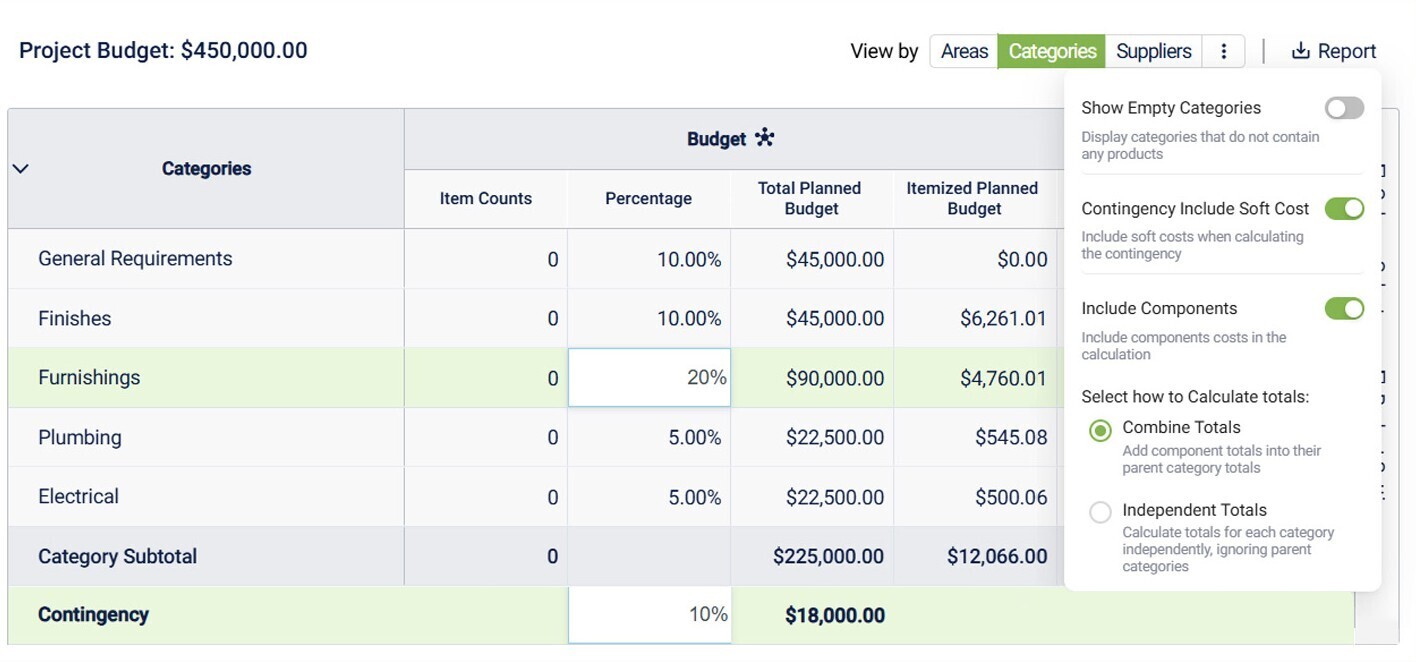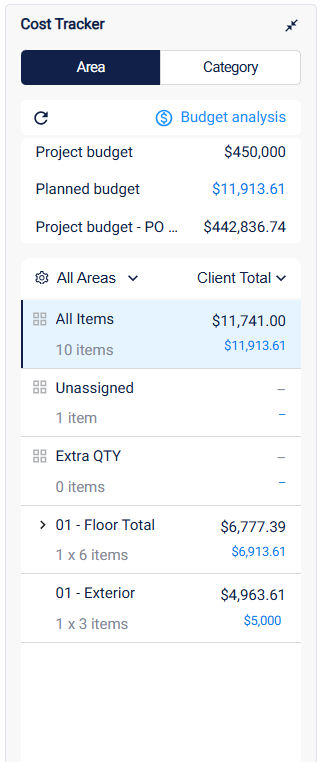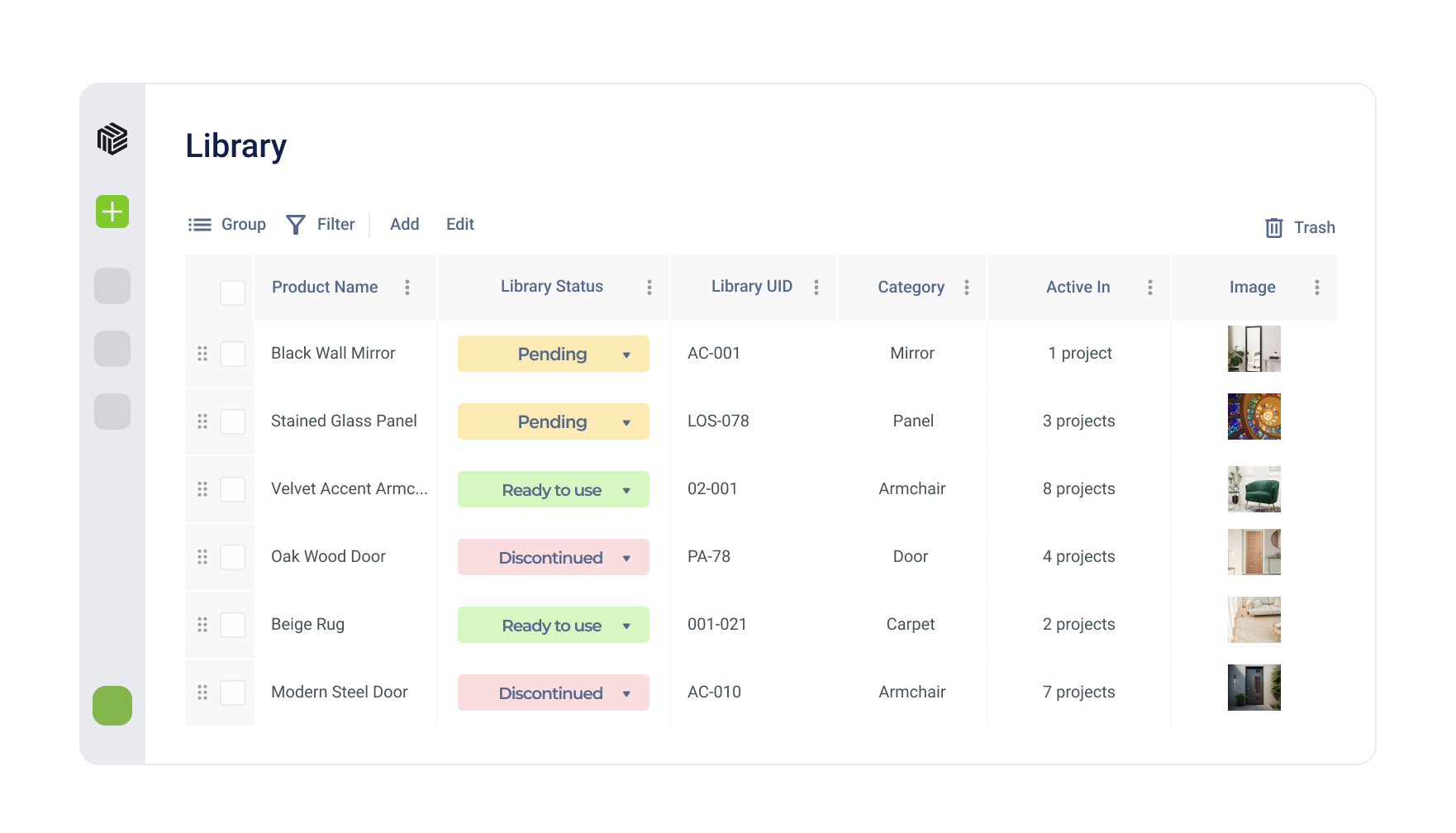Specify and procure FF&E and OS&E at scale with Fohlio today. Empower teams to move faster and improve their operational workflow with specification, prototyping, procurement, collaboration, and analytics tools.
When you’re rolling out 50, 500, or even 2,000 stores, spreadsheets and shared drives don’t scale.
Files disappear. Quotes get buried. Budgets drift. Design asks about Millwork, Furnishings, Finishes & Art the same questions again. Construction moves a delivery date, and suddenly no one knows who’s waiting on what.
This is where many global retail organizations find themselves today:
Multiple store types. Mixed ownership models—company-owned, JV, distributors, franchise.
Regional partners. A growing pipeline.
But no single source of truth for FFE standards, drawings, vendors, quotes, or analytics.
Let’s talk about what that actually looks like—and what happens when you finally take control of it.
How Retail Workflows Become a Maze
No one plans to build a fragmented process. It starts innocently: one spreadsheet, one shared folder, one “temporary” workaround at a time.
But then:
- Knowledge scatters: CAD files, specs, and shop drawings end up in a dozen drives with a dozen naming conventions.
- Work repeats: The same fixture package rebuilt for every project, every region, every time.
- Quotes vanish: RFQs hide in inbox threads, approvals get lost, and no one’s sure which version is final.
- Visibility drops: FFE workloads stay invisible to leadership—making it impossible to justify headcount or show progress.
- Budgets blur: No reliable roll-up of cost per project or per square foot.
- Teams split: Design, FFE, and construction work in parallel, not together.
- Global complexity adds pressure: Every market has different import rules or fabrication standards—often at the cost of brand consistency.
Over time, these little inefficiencies become structural problems. They erode standards, inflate costs, and keep teams in a constant state of reaction.
Retail Rollouts Need Standardization
Consistency is the lifeblood of retail. Whether it’s a flagship store in New York or a franchise location in Singapore, every element of Millwork, Furnishings, Finishes & Art tells your brand story.
But as your footprint grows, so does the complexity.
Without standardized material libraries and approval workflows, every new location becomes a new design exercise — which means:
- Re-sourcing the same materials over and over.
- Reconfirming brand standards for each build.
- Repeating avoidable mistakes that slow down timelines.
The fix? Create scalable standards that evolve with your brand — and make them accessible to everyone involved.
How Do You Build a Single Source of Truth for MFFA?
A centralized digital library eliminates the guesswork.
With Fohlio, your design and procurement teams can build and manage a living catalog of approved millwork details, fixtures, finishes, and art pieces — all tagged with pricing, vendor data, and status.
That means:
- Approved materials and finishes are easy to find and reuse.
- Alternate options are pre-vetted and ready for substitutions.
- Every stakeholder works from the same, up-to-date source of truth.
Here’s how global retail teams use Fohlio to rebuild that control—without waiting on a full ERP overhaul.
1. Centralize Standards Once and for All
.png)
Create one source of truth for every approved product, drawing, vendor, and spec.
When something changes, you update it once—and it cascades everywhere it’s used.
You can even keep distinct libraries for each store type: flagship, outlet, warehouse, franchise.
Each optimized for cost, availability, and brand fidelity.
2. Roll Out Faster With Reusable Building Blocks

Instead of starting from scratch, Fohlio’s product blocks let you group items, quantities, and references by space—like a “POS counter kit” or “fitting room lighting pack.”
Rollouts become faster, estimates more consistent, and teams finally get time to focus on design, not data entry.
3. Manage Quotes Without the Inbox Circus

Send one RFQ to multiple vendors—without vendors seeing each other’s bids.
Compare prices, lead times, and terms in a structured view.
Every change is tracked. Every decision, documented.
Procurement becomes faster, cleaner, and far more predictable.
4. See the Whole Portfolio in Real Time
.png)
FFE isn’t just about specs—it’s operational infrastructure.
With cross-project dashboards, you see where every region stands: which items are delayed, who’s overloaded, how budgets are trending.
Leadership can finally see what’s actually happening—and why it matters.
5. Bring Budgets Back to Reality

FFE budgets don’t fail because of math — they fail because the math isn’t visible until it’s too late.
Fohlio ties every item, quote, and change directly to cost tracking, so budgets reflect what’s actually happening, not what was planned three months ago.
You see spend by project, region, and store type — and you spot overruns before they snowball.
It’s real-time financial control that finally matches the speed of rollout.
6. See Your Budget the Way Projects Actually Spend It

Budgets don’t blow up because people stop tracking — they blow up because tracking lives in spreadsheets.
Fohlio’s Cost Tracker turns your project budgets into living dashboards that update as work moves.
You can break down spend by area, category, or store type. Compare planned vs. actual costs.
See where dollars are tied up — and where they’re still flexible.
Instead of hunting through invoices or POs, you get real-time visibility:
how much is committed, what’s unassigned, and which line items are pushing you over.
It’s not just accounting after the fact — it’s budget control as you go.
7. Collaborate Globally, Govern Locally
.png)
Regional teams, suppliers, and internal departments can all work in one platform with granular permissions.
Everyone stays aligned, no one overwrites master data, and brand standards stay intact.
What the New Workflow Feels Like
- Plan: Start with store-type templates and milestone-based schedules.
- Specify: Pull approved items, attach drawings, assign tasks and due dates.
- Quote: Send structured RFQs, compare bids, track revisions.
- Report: Dashboards show spend, progress, and risk across all markets.
- Scale: Push updates globally while adapting for local fabrication or suppliers.
That’s what scalable consistency looks like—control without complexity.
Why Global Retail Teams Choose Fohlio
- Standardize once, localize many: Master specs adapt to regional regulations and suppliers.
- Ownership-aware packaging: Adjust scope and pricing for franchises vs. owned stores.
- Negotiate with data: Roll up vendor performance and volume to strengthen global purchasing power.
Fohlio brings the structure of an ERP, the agility of a design tool, and the visibility of a reporting suite—all built for the real-world chaos between design, procurement, and construction.
Security and Change Management
- SOC 2–compliant on AWS with isolated data tenancy.
- Granular roles and full audit history.
- Open API for future integrations (ERP, Revit, Teams, SSO).
- Low-lift onboarding: bulk import from Excel or PDF; optional data uplift services.
- Operational backups aligned with internal IT policies.
In the First Quarter, Expect:
- 60–80% faster project kickoffs using templates and product blocks.
- Fewer quote cycles and cleaner approvals through centralized RFQs.
- Executive-ready visibility into workload, spend, and risk by region or store type.
- Consistent cost-per-square-foot tracking with early variance alerts.
- Less rework, fewer file hunts, more design and strategy time.
Implementation Snapshot
Weeks 1–2: Align on store types and approval paths. Import baseline data.
Weeks 3–4: Build product blocks and RFQ templates. Connect vendors.
Weeks 5–6: Roll out to FFE and Design. Enable dashboards.
Weeks 7–8: Optional API pilots and regional partner onboarding.
FAQs
Can construction keep issuing POs in our existing system?
Yes. Many teams keep purchasing in Finance while managing standards, RFQs, and cost tracking in Fohlio. Integration can come later.
How do we handle CAD and shop drawings?
Attach files at the item level, track versions with timestamps, and route for approvals. Assign tasks, comments, and deadlines to keep it moving.
What about franchise partners and local manufacturers?
Keep regional alternates in the library. Capture quote and volume data for stronger global negotiations.
Do we lose control when external vendors join?
No. Permissions are granular and auditable. Every edit is tracked. Every export, secure.
Specify and procure FF&E and OS&E at scale with Fohlio today. Empower teams to move faster and improve their operational workflow with specification, prototyping, procurement, collaboration, and analytics tools.

.png)


.png)


.png)